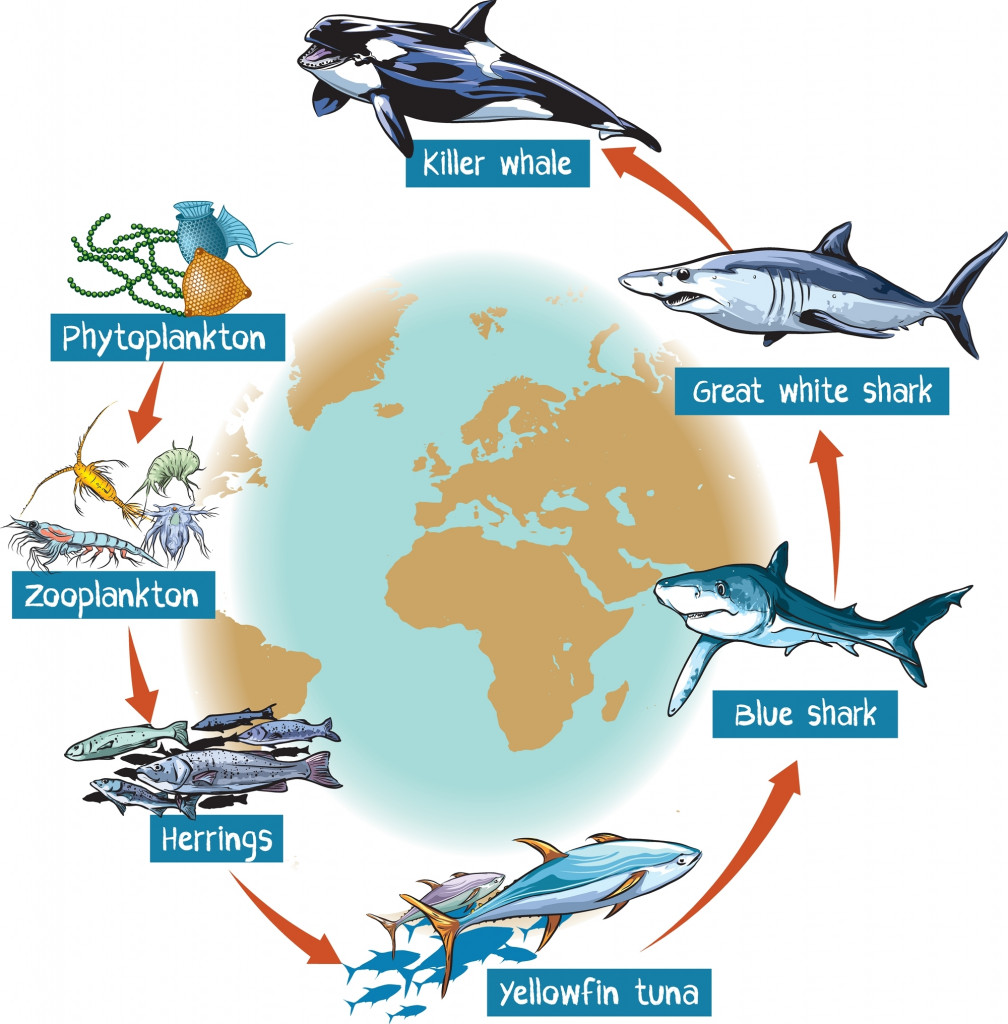Food Chain Biology Diagrams
Food Chain Biology Diagrams Barbels: Some stingrays have barbels located near their mouths that act as sensory organs, assisting them in locating food. Stingray Habitats: From Shallow Reefs to Deep Oceans Diverse Living Environments. Stingrays can be found in various marine habitats, from shallow coastal waters to the open ocean's depths. They usually eat clams, oysters, shrimp, and other small fish that are found in shallow waters, though they have been known to eat snails and squids. For the most part, stingrays are not aggressive and are not very high up on the food chain. However, humans will fish for them to capture as a healthy source of protein. Reproduction and Lifespan 2. Stingray Behaviour A. Stingray Diet Facts. Stingrays are fascinating creatures of the sea. They are often feared because of their poisonous barb, but they are gentle giants. These animals are apex predators, meaning they sit at the top of the food chain. Stingrays primarily eat smaller fish, invertebrates, and crustaceans.

Interestingly, regardless of whether they were moving a little or a lot, the stingrays consistently used shallow waters — less than 13 feet (4 meters) — during their most active periods. The Do Stingrays Like Shallow Water? Exploring the Coastal Habits of These Fascinating Creatures. Yes, stingrays absolutely do like shallow water, and they are frequently found in these areas.In fact, many species prefer the coastal, shallow waters of tropical and subtropical marine environments. This preference is largely driven by the abundance of food and the ideal conditions these regions

What Do Stingrays Eat: Diet and Hunting Strategies of 4 ... Biology Diagrams
This process is very important and means that even top-level consumers are contributing to the food web as the decomposers break down their waste or dead tissue. Changes to food webs. The effect of removing or reducing a species in a food web varies considerably depending on the particular species and the particular food web. Diet and Hunting Strategies of Stingrays: Australian Whipray (Himantura australis)The Australian whipray (Himantura australis) lives in shallow coastal waters and estuaries at depths up to 135 feet.It occurs off the coast of northern Australia, western Australia, Cook Island, northern New South Wales, and Papua New Guinea.This lovely species features a pointed snout, rounded but distinct They usually seek rays in shallow waters where their nimbleness can be used as an advantage for speed. Stingrays form part of a wide range of foods that these creatures consume as they are a good source of protein and other vital nutrients. These interactions underscore the complex food chains found within marine environments.
